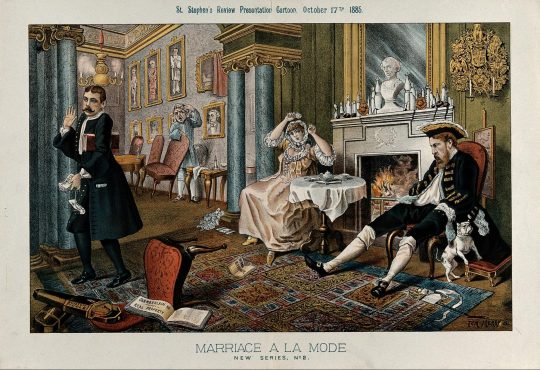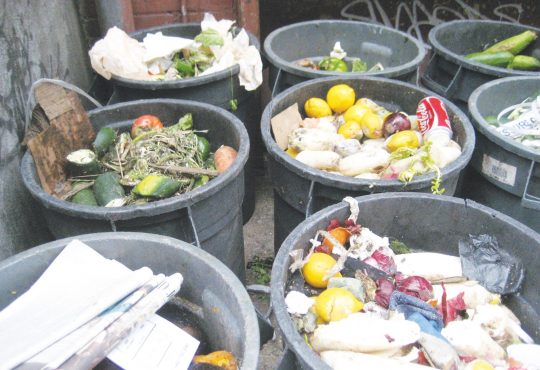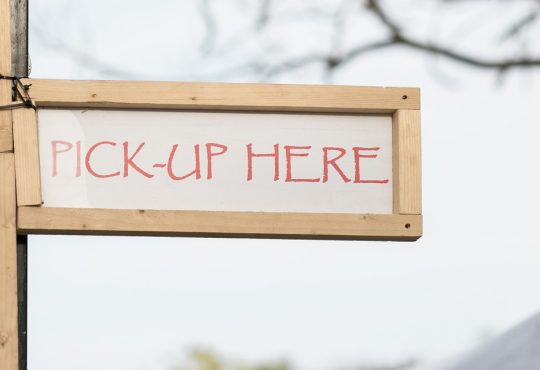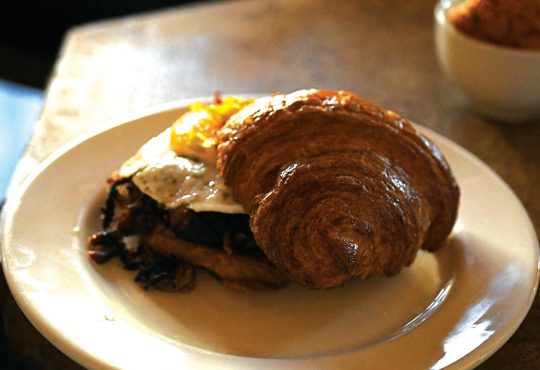The sun is here! The sun is here! Warm weather and—oh wait … it’s still only 50 degrees outside. I am a true Northwester, born and raised, but lately I’ve got to say I’m a little fed up with the Northwest version of springtime. Well, the bright side is that we still get to eat chili in April. This is my Dad’s chili recipe, and it is one of the first real (not from a box and / or not a sandwich) dishes I learned how to make. I love this recipe because it makes a lot, freezes well, and it’s so stinking easy.
What you’ll need:
1 large sautée pan with tall sides
1 small bowl
1 stirring implement of your choice
3 or 4 T vegetable oil
1 lb lean ground beaf
1 yellow onion, diced
4 cloves garlic, finely chopped
1 bay leaf (opional)
2 cans of tomato sauce
1 can of red, navy, chili, pinto or kidney beans
2-3 T chili powder
4-6 shakes of Tobasco/Sriracha, or a 1/4 tsp of cayenne pepper
Salt
Heat the oil in the pan, and then add the onion and bay leaf and sautée until the onion browns. Remember, the best way to get something to brown is not to touch it. Don’t be afraid to let it sit unstirred. Add the garlic and cook for two more minutes. When the onion is sufficiently browned, remove the contents of the pan to the small bowl and set aside.
Next, place the ground beef in the pan and let it sit for about two minutes. Once the bottom of the beef is browned, use your stirring utensil to chop up the meat so that it crumbles into bite-sized pieces. This will be easier to do when the meat is more or less browned.
Before the beef is totally cooked through, add the chili powder and spicy additive of your choice, and let them cook while the beef browns. Once the beef is cooked, add the onions and garlic and stir.
Finally, add the two cans of tomato sauce, one can of beans and salt to taste.
Now all you have to do is cover your pot and let it simmer on low for an hour or so. After an hour your chili will be very hot, so let it cool a little before you eat it.
Serve it over brown rice with a little bit of grated cheddar cheese on top, and you’ll be golden.
This recipe does not have a lot different spices to add, but here’s a little hint for recipes that do: When you read through the recipe before you start cooking (which you should always do) notice where the spices are added and if they’re added together or separately.
Since this recipe adds all the spices at the same time, I measure them out in advance and put them in a little bowl. That way, when it’s time to add them I just dump the bowl of spices into the pot. This may not seem so helpful with a recipe like this, but when you’re making a time sensitive recipe with five or six different spices it can be really useful. If the spices are not going to be added at the same time, it can still be helpful to measure them out into individual bowls beforehand.
Happy eating, and don’t hesitate to send us an e-mail at trailae@pugetsound.edu if you have questions!





